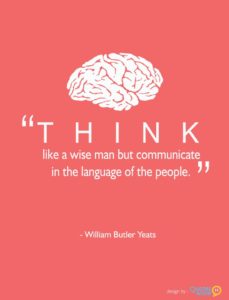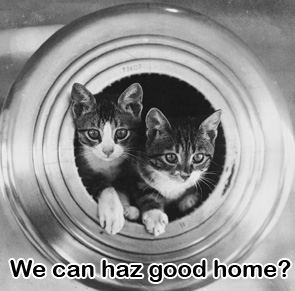I r ecently did a follow-up webinar to a keynote I gave at the Alliance for Arizona Nonprofits’ Annual Membership Meeting. I invited participants to send in their response to the question “What do you do?”, so we could chat about them.
ecently did a follow-up webinar to a keynote I gave at the Alliance for Arizona Nonprofits’ Annual Membership Meeting. I invited participants to send in their response to the question “What do you do?”, so we could chat about them.
The Association for Supportive Child Care sent in the following sentence: “We work to enhance the quality of care for children across Arizona.”
This is very similar to their Mission Statement, which is “to enhance the quality of care for children across Arizona.” It’s great that their Mission Statement is so short and sweet, isn’t it? So rare and wonderful!
My advice–stick with that short n’ sweet Mission Statement of theirs. They *almost* stick with it but commit a common messaging mistake–they use a qualifier. In their case, the qualifier is “work to…” Other examples of qualifiers include: striving, endeavoring, and trying.
Qualifiers function as little, tiny apologies. They make your work seem like it has less impact, less oomph, than it really does. They don’t enhance your messaging. It makes it sound like you’re kinda, sorta doing the thing you’re referencing, but you’re not all in. People want to support organizations that are all in for whatever they’re doing. Sitting on the fence isn’t inspiring. Best to eliminate qualifiers.
For the Association for Supportive Child Care, they could simply say, “We enhance the quality of care for children across Arizona.” Simple. It begs the question, “How do you enhance the quality of care?” And remember–when it comes to using language to engage people in your work, questions are good!
? = : )



